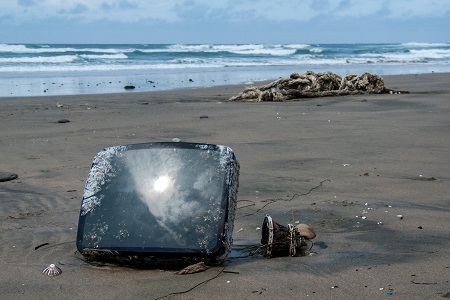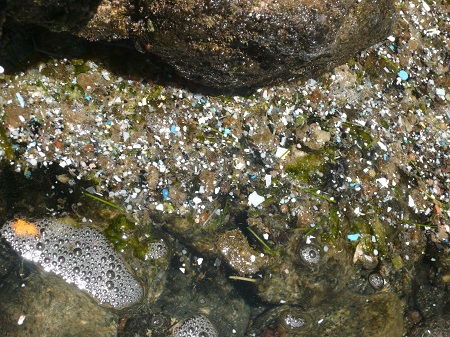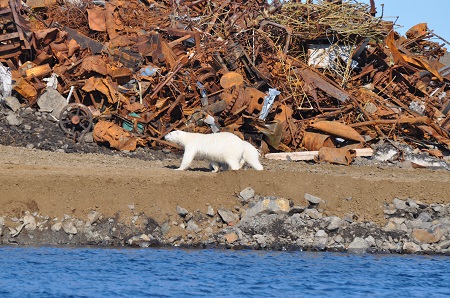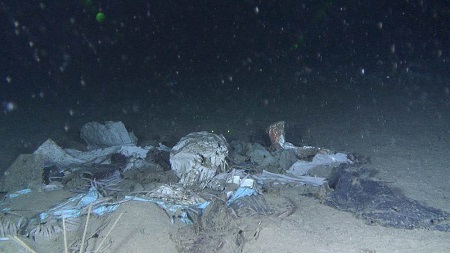
The growing human population and global industrialisation have led to rising production rates of various goods. Many of these products are overly packaged and only used for a short time. Afterwards, they become waste, which litters the environment if not disposed of appropriately. We know by now that a considerable part of this litter ends up in the oceans, either from land-based sources or directly at sea. Shipping and, in particular, fisheries are important sources of litter, as fishing gear is often damaged or lost during operation and left behind. Additionally, large amounts of litter are transported to the sea by rivers. Once litter reaches the marine environment it can only be removed at great efforts, a futile endeavour given the vastness of the oceans. Marine litter is very diverse and comprises items of various shapes, sizes and materials. Owing to the durability of many of the materials used (e.g. plastic, glass), litter accumulates in the ocean.

Litter has been reported from all habitats of the ocean, from beaches and the sea surface all the way down to the well-hidden abyssal plains. Even Arctic sea ice contains small plastic particles, so-called microplastics. Large-scale oceanic currents capture floating litter in the five subtropical gyres, which have, over time, become large accumulation areas, also known as Garbage Patches. The amount, composition and source of marine litter vary strongly depending on geographic region and habitat.
Marine organisms interact with litter in various ways, often with fatal consequences. When mistaken for food litter can damage or block intestines. Plastic litter can contain harmful chemicals, which were either added during production or contracted from the surrounding water. These toxins may be harmful to organisms that come into contact with plastic litter. In addition, aquatic life becomes frequently entangled in lines and nets, restricting their motility. This may cause injury, starvation or strangulation. A number of animals, algae and pathogens can settle on the surface of litter items. If floating litter is carried over long distances by ocean currents, associated rafters can invade new areas. Very little is known to date about the impact of litter on bottom-dwelling organisms. But we already know that all groups of aquatic life interact with marine litter from microbes to plants, invertebrates, fishes, seabirds, turtles and large marine mammals.

The environmental impacts of litter and possible repercussions on humans have already found their way into both social discourse and media coverage. Therefore, policy makers and public authorities attempt to tackle the problem. Although there are still big knowledge gaps the recent intensive international research efforts have expanded our understanding substantially. Such knowledge is vital to increase public awareness of this environmental problem and to take appropriate countermeasures. However, this knowledge is not readily accessible when it is hidden in scientific literature. In addition, the sheer wealth of information renders it increasingly intangible.
In LITTERBASE, we compile information from 3,071 scientific publications on marine litter in a comprehensive data base. This forms the basis of continuously updated maps and figures for policy makers, authorities, scientists, media and the general public on the global amount, distribution and composition of marine litter and its impacts on aquatic life. The portal conveys a broad, fact-based understanding of this environmental problem.

LITTERBASE is constantly updated to keep pace with the continuous progress in this field of research, but on occasion publications may be overlooked. Please, notify the team of missing publications (litterbase@awi.de).
More background information on marine litter is available in the book Marine Anthropogenic Litter, which can be downloaded free of charge.